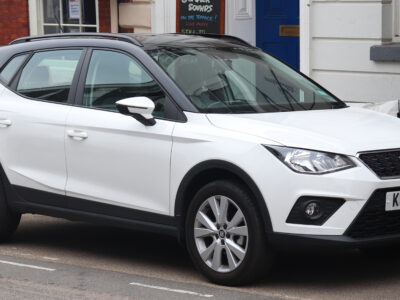
Hyundai i10 Fuel Tank Capacity: Complete Guide (2008–2020)
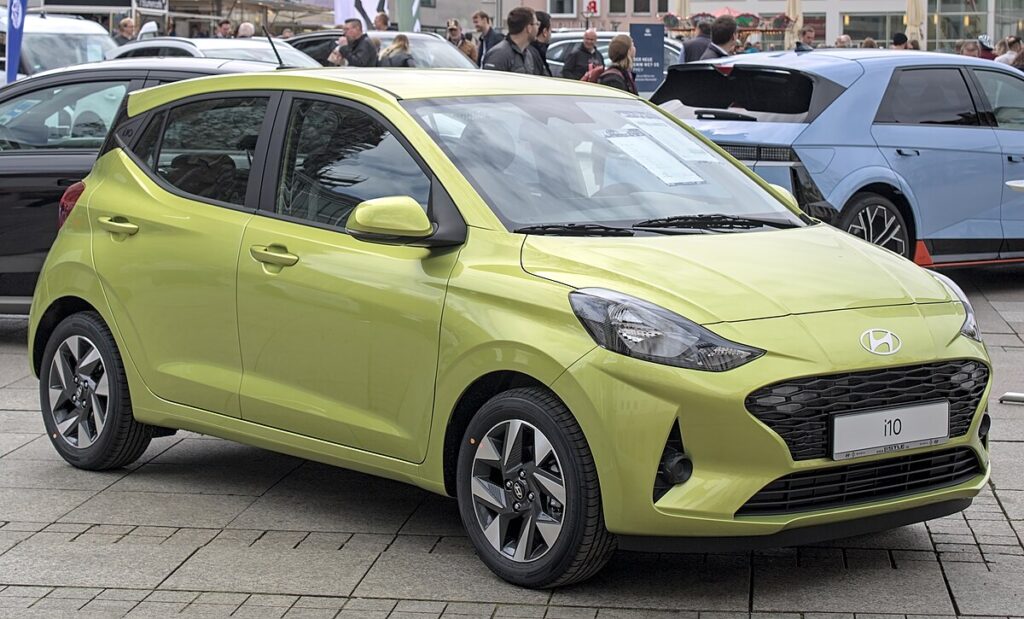
The Hyundai i10 has earned its reputation as a compact, practical, and efficient city car, but fuel capacity often plays a key role in its day-to-day usability. Below, we present a complete breakdown of the Hyundai i10 fuel tank capacity, including variations by generation, engine size, transmission, and fuel type. This in-depth guide provides all technical details enthusiasts and buyers need to understand how far the i10 can go between refuels.
- Overview of Hyundai i10 Generations
- First Generation (2008–2013) Hyundai i10 Fuel Tank Capacity
- Second Generation (2013–2019) Hyundai i10 Fuel Tank Capacity
- Third Generation (2020–Present) Hyundai i10 Fuel Tank Capacity
- Fuel Tank Capacities by Trim and Market
- Driving Range Comparison by Generation
- Understanding Fuel Tank Design
- Refueling Tips for Maximum Efficiency
- Key Takeaways
- Frequently Asked Questions
Overview of Hyundai i10 Generations
| Generation | Production Years | Body Type | Transmission | Fuel Type | Power Output | Fuel Tank Capacity |
|---|---|---|---|---|---|---|
| Mk1 (PA) | 2008–2013 | Hatchback | Manual / Automatic | Petrol | 66–69 hp | 35–36 litres |
| Mk2 (BA / IA) | 2013–2019 | Hatchback | Manual / Automatic | Petrol | 66–87 hp | 40 litres |
| Mk3 (AC3) | 2020–present | Hatchback | Manual / Automatic | Petrol | 67–84 hp | 36–40 litres |
The Hyundai i10 fuel tank size has ranged between 35 and 40 litres over the years, depending on trim level and model generation.
First Generation (2008–2013) Hyundai i10 Fuel Tank Capacity
The first-generation i10, launched in 2008, offered a practical urban driving experience with small-displacement petrol engines and modest fuel storage.
Key Details
- Fuel Tank Capacity: 35–36 litres
- Engines Available: 1.1L and 1.2L petrol
- Transmission: 5-speed manual or 4-speed automatic
- Average Fuel Economy: 5.0–6.0 L/100 km
- Range per Full Tank: Approx. 580–700 km
Despite the smaller tank, the lightweight build and efficient engine kept running costs low—perfect for urban commuters and budget-conscious drivers.
Second Generation (2013–2019) Hyundai i10 Fuel Tank Capacity
The second generation brought improved refinement and slightly increased practicality, including a larger 40-litre fuel tank for extended range.
You may be interested in reading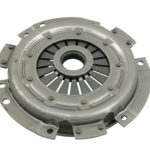 How to Replace the Clutch in Your Car: A Complete Guide for the Hyundai i10 Grand Petrol
How to Replace the Clutch in Your Car: A Complete Guide for the Hyundai i10 Grand PetrolKey Details
- Fuel Tank Capacity: 40 litres
- Engines Available: 1.0L (66 hp) and 1.2L (87 hp)
- Transmission: 5-speed manual or 4-speed automatic
- Average Fuel Economy: 4.5–5.5 L/100 km
- Range per Full Tank: Approx. 700–850 km
The larger tank improved highway usability, allowing for fewer fuel stops and better long-distance efficiency, making this generation ideal for mixed driving conditions.
Third Generation (2020–Present) Hyundai i10 Fuel Tank Capacity
The latest i10 combines modern styling and safety technology with efficiency-driven engineering. Depending on engine and trim, the fuel tank ranges from 36 to 40 litres.
Key Details
- Fuel Tank Capacity: 36–40 litres
- Engines Available:
- 1.0 MPi (67 hp)
- 1.2 MPi (84 hp)
- 1.0 T-GDi (100 hp, N Line)
- Transmission: 5-speed manual / 5-speed AMT
- Average Fuel Economy: 4.3–5.2 L/100 km
- Range per Full Tank: Approx. 720–880 km
Performance Overview
| Engine | Transmission | Fuel Tank (litres) | Power (hp) | Top Speed (km/h) |
|---|---|---|---|---|
| 1.0 MPi | Manual | 36 | 67 | 156 |
| 1.2 MPi | Manual / Auto | 40 | 84 | 171 |
| 1.0 T-GDi | Manual (N Line) | 36 | 100 | 185 |
This generation prioritizes balance—offering sporty trims with slightly smaller tanks for agility, and economy versions with larger tanks for range efficiency.
Fuel Tank Capacities by Trim and Market
| Model Year | Trim | Transmission | Tank Capacity (L) | Notes |
|---|---|---|---|---|
| 2008–2011 | i10 1.1 | Manual | 35 | Entry-level model |
| 2010–2013 | i10 1.2 Kappa | Auto | 36 | Slightly larger tank |
| 2014–2016 | i10 Classic / SE | Manual | 40 | Larger tank introduced |
| 2017–2019 | i10 Premium SE | Auto | 40 | Top trim retained 40L |
| 2020–2023 | i10 SE Connect | Manual | 36 | Efficient base model |
| 2020–2023 | i10 Premium / N Line | Manual | 40 | Sport variant with smaller engine uses 36L |
Driving Range Comparison by Generation
| Generation | Fuel Tank (L) | Average Fuel Consumption (L/100 km) | Estimated Range (km) |
|---|---|---|---|
| Mk1 (2008–2013) | 35–36 | 5.8 | ~620 |
| Mk2 (2013–2019) | 40 | 5.0 | ~800 |
| Mk3 (2020–Present) | 36–40 | 4.7 | ~850 |
The evolution of the i10 shows how Hyundai improved efficiency and range while maintaining compact design—a key advantage in the urban hatchback market.
Understanding Fuel Tank Design
The Hyundai i10’s fuel tank is designed from lightweight high-density polyethylene (HDPE), ensuring corrosion resistance and weight reduction. This helps enhance:
You may be interested in reading How to Replace the Clutch in Your Car: A Complete Guide for the Hyundai i10 Grand Petrol
How to Replace the Clutch in Your Car: A Complete Guide for the Hyundai i10 Grand Petrol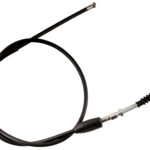 Hyundai i10 Clutch Cable Adjustment Guide: Step-by-Step Instructions and Expert Tips
Hyundai i10 Clutch Cable Adjustment Guide: Step-by-Step Instructions and Expert Tips- Fuel efficiency
- Safety in collisions
- Resistance to environmental wear
Its underfloor placement optimizes cabin space and keeps the vehicle’s center of gravity low for better handling.
Refueling Tips for Maximum Efficiency
- Always refuel before the last quarter of the tank to prevent fuel pump wear.
- Avoid overfilling to protect the evaporative emissions system.
- Keep tire pressures correct—underinflation can increase fuel consumption.
- Use manufacturer-recommended fuel (typically 91–95 RON petrol).
Key Takeaways
- Fuel Tank Range: 35 to 40 litres across all generations
- Best Efficiency: 2020+ models with 1.0 MPi engines
- Longest Range: 2013–2019 i10 (40L tank + low consumption)
- Fuel Type: Petrol across all models
- Ideal Use: City and suburban driving
Frequently Asked Questions
1. How many litres does a Hyundai i10 hold?
Depending on the year, the i10 holds between 35 and 40 litres of petrol.
2. What is the fuel tank capacity of a Hyundai i10 1.2?
Most 1.2L variants (especially post-2013 models) feature a 40-litre tank.
3. Does the Hyundai i10 N Line have a different tank size?
Yes, the sportier 1.0 T-GDi N Line uses a 36-litre tank to maintain agility.
4. How far can a Hyundai i10 go on a full tank?
Between 620 and 850 km, depending on driving style, engine, and year.
You may be interested in reading How to Replace the Clutch in Your Car: A Complete Guide for the Hyundai i10 Grand Petrol
How to Replace the Clutch in Your Car: A Complete Guide for the Hyundai i10 Grand Petrol Hyundai i10 Clutch Cable Adjustment Guide: Step-by-Step Instructions and Expert Tips
Hyundai i10 Clutch Cable Adjustment Guide: Step-by-Step Instructions and Expert Tips How to Replace the Battery in a Hyundai i10: Complete Step-by-Step Guide
How to Replace the Battery in a Hyundai i10: Complete Step-by-Step Guide5. Are all Hyundai i10 models petrol?
Yes, the i10 lineup uses petrol engines only, with no diesel variants available.
Final Thoughts
The Hyundai i10 fuel tank capacity has evolved in line with its engineering philosophy—compact yet capable. Whether you own a first-generation city commuter or a modern N Line model, the i10’s combination of efficiency, practicality, and design ensures reliable mileage for years to come.
If you want to know other articles similar to Hyundai i10 Fuel Tank Capacity: Complete Guide (2008–2020) you can visit the category Service and Parts.
Deja una respuesta

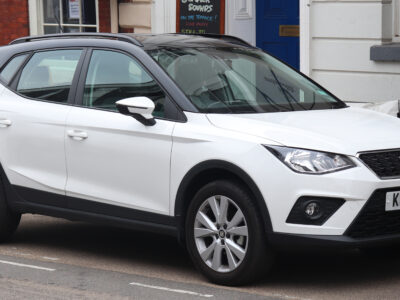



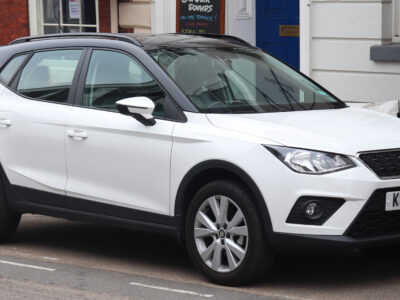
More content of your interest